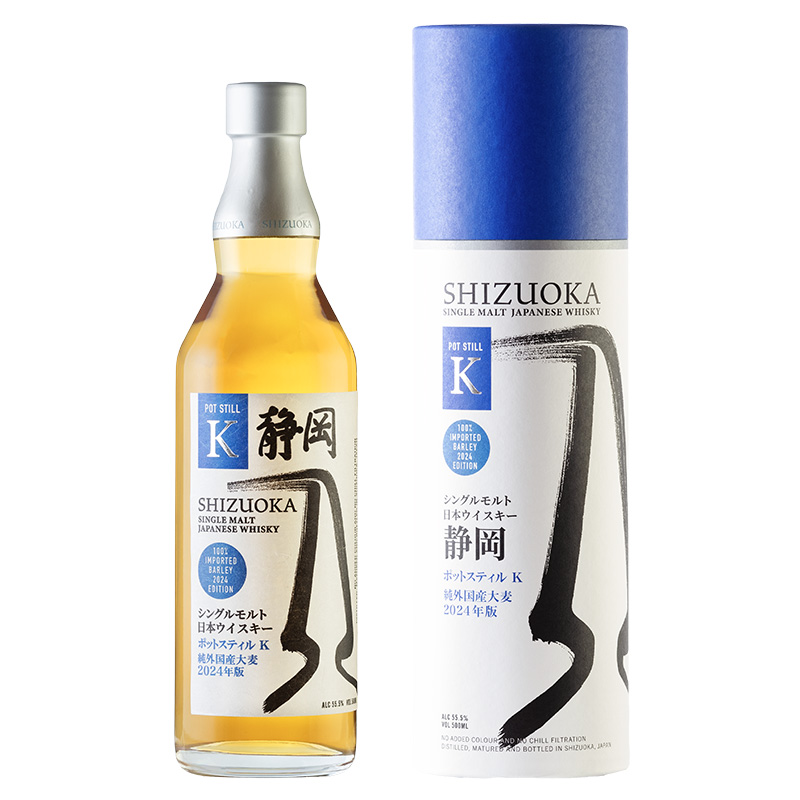
Just for a second, spare a thought for the beleaguered Japanese whisky salesperson in Glasgow, some 25 years ago. Imagine turning up at any number of the well-stocked bars, already laden with fine single malt Scotch, holding, in their no doubt trembling hands, the promise of a ‘new way of thinking’ in whisky. I suspect it was pretty slim pickings back then, as the spirit sought to establish itself outside of its already hugely successful domestic market.
Today sees a different scenario indeed. Thanks to the success of established brands such as Yamazaki, Hibiki and Nikka, (which celebrated its 90th anniversary this year) the reputation – and sales – of Japanese whisky have become nothing short of extraordinary. However, as demand has increased, the spirit has inevitably taken on a prestige status – in both the price and desirability stakes.
Japanese whisky full of distinction

This year has seen two hugely significant releases from Suntory, the owner of Yamazaki and Hakushu single malt distilleries, and the Hibiki blended Japanese whisky brand.
The first of these is the remarkable ‘Suntory Tsukuriwake Cask Collection’: retailing at £3,750 and representing four distinct single malts, each crafted to emphasise a profoundly different aspect of flavour in single malt whisky.

There's the light, delicate and buttery Yamazaki Golden Promise, which was distilled using a once legendary strain of barley; an Islay-cask-finished Yamazaki (which brings swathes of elegant, sweet medicinal smoke); an 18-year-old Mizunara-oak-cask-matured Yamazaki (Mizunara oak has become something of a calling card for inimitable and complex Japanese incense aromas); and finally, a smoky and rich 18-year-old Hakushu – the sister distillery to Yamazaki, built in the beautiful surroundings of the Japanese Southern Alps.

2024 was a prestigious year for Hibiki, Suntory’s flagship blended whisky, seeing the release of a 40-year-old – the oldest Hibiki to date, (limited to just 400 bottles and retailing for around £33,000) and arguably the pinnacle of chief blender Shinji Fukuyo’s long and highly lauded career. Created using a mixture of five components – or building-block whiskies – including Yamazaki from 1978 and 1983, both matured in American white oak puncheon casks, a lightly peated Hakushu from 1981, light and buttery grain whisky distilled in 1979 and 1981 from the Chita distillery, as well as robust and complex Yamazaki casks (sherry and Mizunara oak) from 1980 and 1983 respectively.
The resulting blend is testament to Fukuyo-san’s undoubted mastery as a blender: soft and fragrant at first, with wafts of gentle smoke, leading into more powerful, expressive and expansive notes of dark, peppery spice, polished wood, orchard fruit and sweet malt.
A new generation of Japanese distillers

Alongside these titans of the category, comes the new wave of distillers, eager to shake things up and bring the spirit to a new generation of whisky drinker. It was arguably Chichibu, founded back in 2007, which stirred the fiery renaissance for whisky distillation in the country, and thanks to several highly regarded releases ever since (including the much sought-after Chichibu 10-year-old (RRP £1,200), many new aspiring artisans have been keen to ride the crest of the Japanese whisky wave.

Kanosuke has its roots in rice-based Shochu production (Japan’s other rich spirit history), leaning all the way back to 1957, with a new dedicated whisky distillery built at its home on the west coast of Kyushu Island in 2017. The distillery uses an element of locally grown barley in its production and has stuck with traditional distillation techniques, using copper ‘worm tub’ condensers, which gives a more robust, heavier spirit. However, when it comes to the mature whisky, the distillery has begun to push boundaries with its cask choices, with the likes of beer, red and white wine and Madeira casks being used to play broad tunes with the flavour profile. Seek out the 2023 vintage, (RRP £150,) which is full of bright, fresh fruitiness, creamy custard notes and wisps of soft smoke.

Returning to the main Japanese Island of Honshu, a handful of other new – and resurrected ‘old’ – distilleries are also making waves, including Shizuoka, founded in 2016, which has also set out its stall extolling the virtues of using locally grown barley. Seek out its latest release of Pot Still K 100% Japanese barley – (RRP £229) – a youthful, but surprisingly complex malt whisky, with layers of malt, honeycomb, some gentle herbal notes and a dusting of woody spice.

Also worth exploring are the yearly released bottlings of Mars Komagatake (RRP £137) from the Shinshu distillery. Originally founded in 1985, but closed in 1992, only to be resurrected in 2011, the new operation based in the Japanese alps, the highest distillery in Japan, has roared back to life, complete with brand new pot stills and an entirely new visitors centre, for anyone fancying a spot of whisky tourism.

With 70 distilleries now in operation right across the country, filling the plains, valleys and hillsides on nearly all of Japan’s numerous islands, the future seems very bright indeed for an industry that thrives on a balance of deep respect for tradition and an unshakable desire to be the best it can be, day after day. Kampai!







